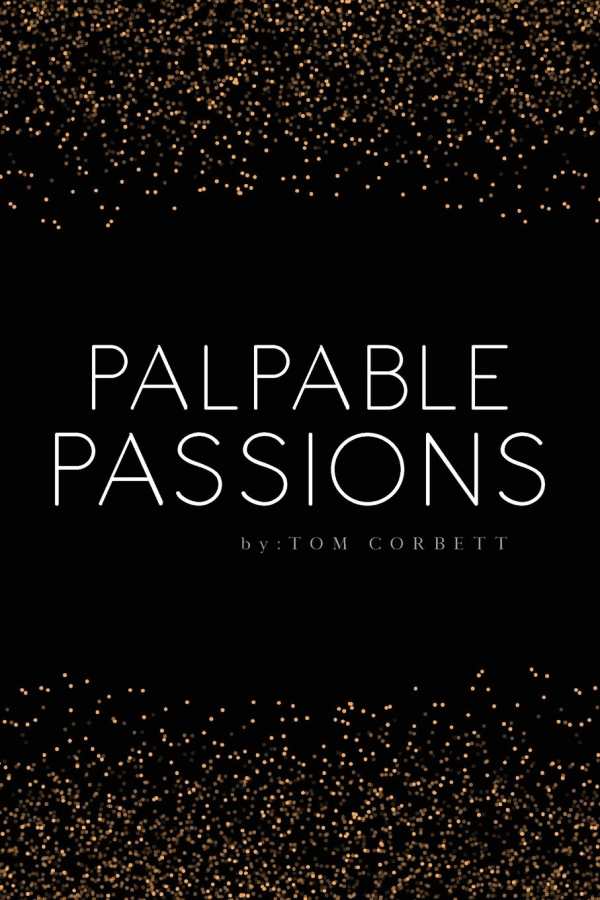
Palpable Passions
Palpable Passions uses bright, earnest characters to show that a microcosm can be just as complicated as the big picture.
Tom Corbett’s Palpable Passions is an emotional novel set against the backdrop of the American invasion of Afghanistan; it examines how foreign policies impact real people.
A diverse cast of characters includes a Muslim family in Afghanistan, three dysfunctional siblings whose father is a leading conservative, and a gorgeous Indian doctor. A complex plot follows friendships, courtships, and conflicts, all revealing the deeper forces that drive character choices. Beyond the story’s more individualized elements, the conflict in Afghanistan intensifies.
Chris Crawford, who has an irresponsible but brilliant mind, is at the center. He’s a womanizer—there is a running joke about him romancing a coat rack—whose relationships with his sisters and personal assistant fail to positively influence his view of women. He is charming but incapable of real intimacy. His interest in Afghanistan is academic in the beginning: as a Rhodes Scholar, he thinks he has a solution to helping refugees. But when he meets Amar, a doctor working at an Afghani refugee camp, he’s forced to learn compassion and communication, as well as what it means to be in a war zone.
Dialogue is realistic but comprises the majority of the plot. A subplot with Azita, the daughter of a clinic doctor, is interesting and includes some lovely expository writing, including realistic descriptions of daily village life and traditions. However, no connection between her subplot and the main story is made until later in the book, and the story reads like two separate novels between one set of covers.
Problematic examples of male privilege include a woman character who takes the blame for Chris’s shortcomings, saying, “We expect men to figure out stuff inside us that we won’t reveal.” The underlying sexism is a stumbling block for deeper development and denies Chris the opportunity to really grow. Characterizations are otherwise strong and not stereotypical.
The book feels, in many ways, like a screenplay: its dialogue is abundant and punchy, its landscape is well defined, and its characters have significant bonds. While the ingredients for a strong tale are all here, they are not fully developed. The result falls flat, with Palpable Passions leaning heavily on dialogue as a method for characterization.
The book’s perspective is that personal choices and beliefs have just as much of an impact on world events as the decisions made at the policy table. It makes its point, but the novel often feels like a synthesis of fiction and reportage. Much time is spent building each character’s world; the result reads like a collection of disparate character studies focusing on people who happen to collide rather than truly connect.
Palpable Passions uses bright, earnest characters to show that a microcosm can be just as complicated as the big picture.
Reviewed by
Claire Foster
Disclosure: This article is not an endorsement, but a review. The publisher of this book provided free copies of the book and paid a small fee to have their book reviewed by a professional reviewer. Foreword Reviews and Clarion Reviews make no guarantee that the publisher will receive a positive review. Foreword Magazine, Inc. is disclosing this in accordance with the Federal Trade Commission’s 16 CFR, Part 255.
